
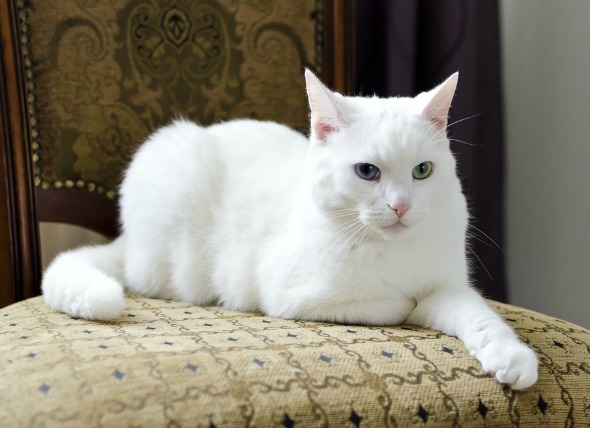
Problems with the bladder often are caused by an impaired bladder or from some kind of obstruction in the bladder. Disorders of this type are referred to as incontinence. Incontinence is most likely to affect middle-aged to older cats and large cat breeds.
Obesity is a common risk factor for incontinence in cats. Neutering is also one of the primary risk factors for incontinence, however, most cats will not develop this medical disorder as a result of the procedure; it is fairly uncommon. Other causes for incontinence may include:
Your veterinarian will review and address the causes for the incontinence, so that a treatment plan can be properly prescribed. In most cases, prescribed medication will resolve the issue.
If the condition can be treated with medication, there are several options available. For example, incontinence caused by obesity will require a weight management and diet plan; antibiotics may be used if the incontinence is due to inflammation of the urinary tract or bladder.
For serious medical cases, surgery may be performed to remove a bladder or tract obstruction, or for reparation of the bladder or urinary tract.
Most cats suffering from incontinence will respond well to medications and will have a full recovery. Inflammation is one of the most common issues associated with this medical condition, but it, too, can be treated with topical ointments and antibiotics.
There are currently no known preventative measures for this medical condition.
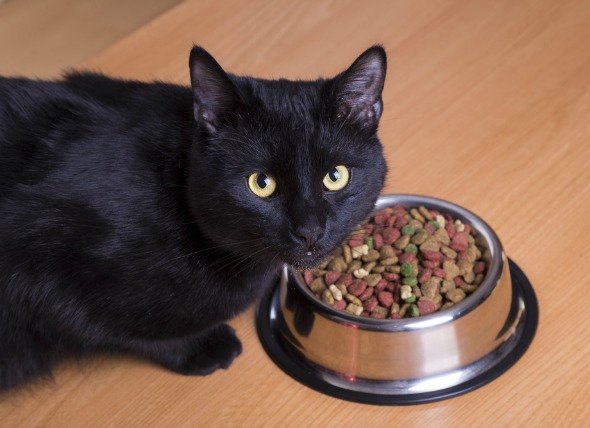 Skin Disease Due to Food Allergies in Cats
Dermatologic Food Reactions in Cats
While the pat
Skin Disease Due to Food Allergies in Cats
Dermatologic Food Reactions in Cats
While the pat
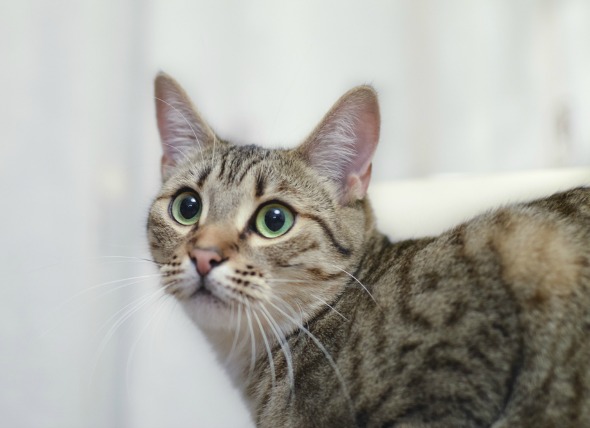 Inflammation of the Middle and Inner Ear in Cats
Otitis Media and Otitis Interna in Cats
Ot
Inflammation of the Middle and Inner Ear in Cats
Otitis Media and Otitis Interna in Cats
Ot
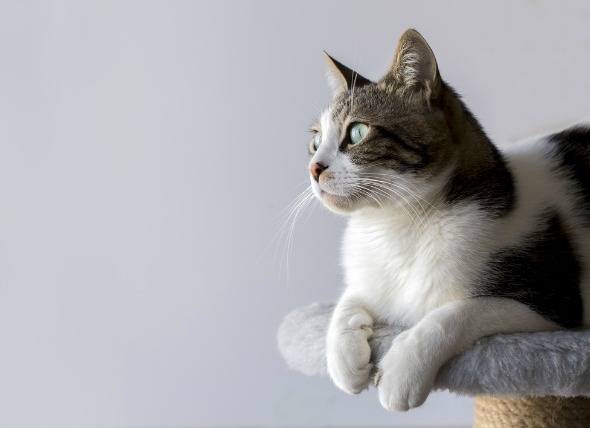 Head Pressing in Cats
Pressing the Head Against Objects in Cats
Head pr
Head Pressing in Cats
Pressing the Head Against Objects in Cats
Head pr
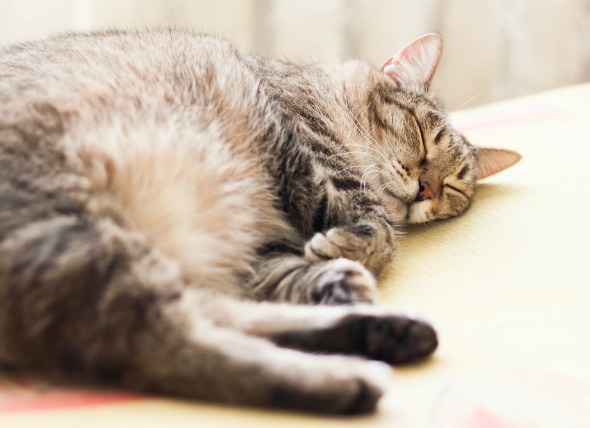 Swelling in Cats
Peripheral Edema in Cats
Swelling due to an exces
Swelling in Cats
Peripheral Edema in Cats
Swelling due to an exces
 How to Repel Cats With Citrus
How to Repel Cats With Citrus
How to R
How to Repel Cats With Citrus
How to Repel Cats With Citrus
How to R
Copyright © 2005-2016 Pet Information All Rights Reserved
Contact us: www162date@outlook.com